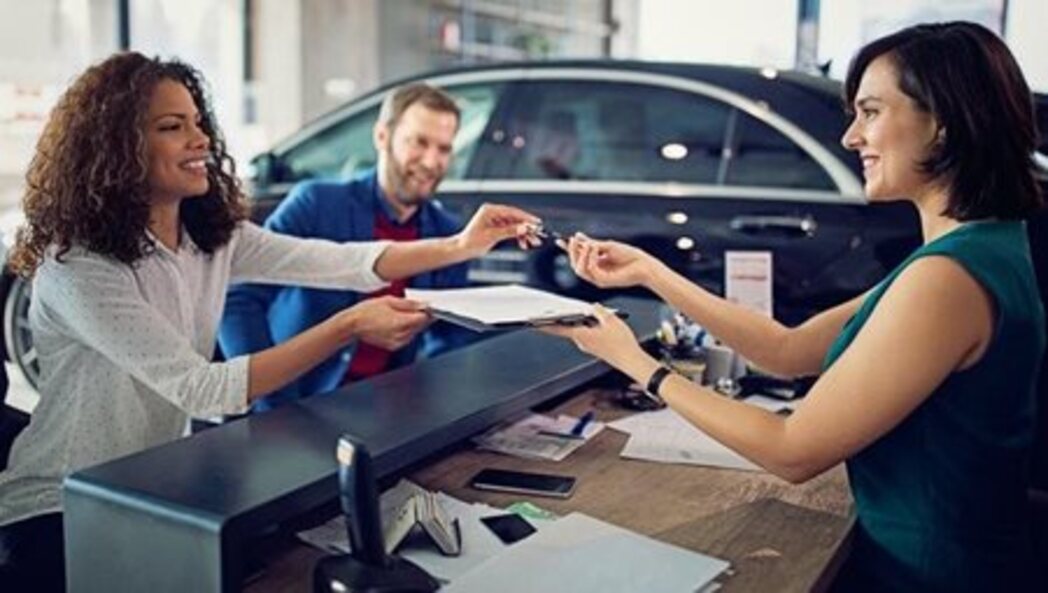
This guide of pros and cons should help you get to the bottom of the age-old question – to lease, or to buy?
What does it mean to lease?
When you lease a car, it’s kind of like renting a house from a landlord. The bank retains ownership and you’re allowed to use the car for a set amount of time, usually 2 or 3 years. During that time, you will make monthly payments based on the expected amount of depreciation to the car. At the end of the lease you will return the car to the dealership.
Paying attention to mileage
When you lease a car, you’ll agree to a certain amount of annual mileage. The dealership will calculate how much depreciation will accrue based on this amount of driving and that is how your payments are determined. This means that if you exceed the mileage cap, you will need to pay extra at the end of the lease to cover additional depreciation. These fees may be around 15-30 cents per mile, so be sure you know how much you drive before you decide to lease. If your driving patterns are irregular, or you use a lot of miles, it probably makes more sense to buy.
Understanding the cost
When you lease, you will have significantly lower costs since you are only paying for a portion of a car. Some leases will require a small down payment, others can be driven off with nothing down. Your monthly payments are likely to be significantly smaller than if you purchase. On the other hand, you will always have a payment. If you buy a car, when you finish paying off the auto loan you are done making payments. If you continue to drive the car for a few more years, that’s time spent with no payments. This can be very attractive but may also come with increasing maintenance and repair costs. If you expect to keep the same car for over 5 years, look for manufacturers with long warranty periods and high reliability ratings.
Driving the latest models
With a lease, you are essentially trading in the car every 2 or 3 years, or whenever your lease ends. Assuming you then enter a new lease, this means you are always driving a newer car with the latest amenities. With the way technology is improving these days, it can help to stay at the front of the curve. Tools like automatic park assist and proximity alerts are continually improving.
Use Restrictions
It’s important to remember that when you lease a car it does not belong to you. That means there may be certain use restrictions that could cause problems for you. You may not be able to use a leased car to join a rideshare service, like Uber or Lyft. You will also need to be conscientious of wear and tear to the interior and exterior of the vehicle. If you intend to use your vehicle for business, international travel, or are just generally hard on a car, think twice about leasing.
Ultimately, there is no right decision. Whether you choose to lease or buy your next car, make sure to do your homework. Here’s a short checklist of items to do before you make a decision:
-
Know what’s the fair market value of the vehicle is before you go in
-
Talk with your financial specialist about your options
-
Know how much you can reasonably budget for down payments and monthly payments. Use our financial calculators to help you plan: How much can I afford to lease? And How much car can I afford?
-
Check out your credit score and financing options and don’t sign anything you don’t understand.
![]()


